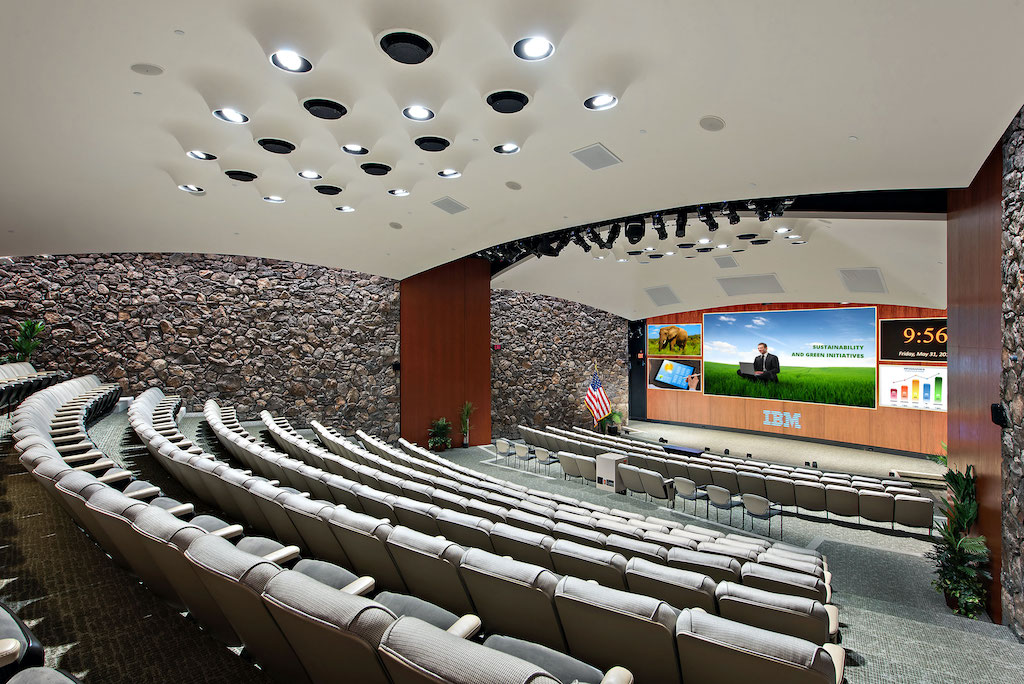A Thorough Analysis of Various Light Emitting Diode Video Wall Techniques and Their Uses
A Thorough Analysis of Various Light Emitting Diode Video Wall Techniques and Their Uses
Blog Article
Light Emitting Diode display walls have become increasingly popular in different environments, including concerts, sports events, as well as business meetings. These large big screens consist of made up of many small Light Emitting Diode panels which function collectively to form a single unified image. Various multiple kinds of Light Emitting Diode video wall technologies on the market, every having its own features as well as advantages. Understanding these technologies can help businesses as well as entities choose the right solution for their specific requirements.
One frequent type of Light Emitting Diode display wall solution is the direct view Light Emitting Diode. This solution uses individual Light Emitting Diode modules which are arranged closely in proximity to form a large display. Directly viewed LED walls are recognized for their elevated brightness and lively colors, making them perfect for outdoor activities and well-lit lit environments. These displays also have a broad sight angle, which indicating that viewers can view the display clearly at various positions. This renders directly viewed LED walls a favored option for stadiums and external events.
A different type of LED video screen technology is the LED-backlit LCD. Such solution combines traditional LCD screens with LED backlighting for improved luminosity as well as color accuracy. LED-backlit Liquid Crystal Displays are commonly utilized in interior settings, such as shopping centers and meeting spaces. These displays provide excellent image led video wall vs lcd quality and are generally more affordable than directly viewed Light Emitting Diode walls. However, they may not perform as effectively in bright settings, since the illumination can sometimes wash out the colors.
A third choice is the Organic Light Emitting Diode display screen. Organic Light Emitting Diode solution offers exceptional differentiation as well as color depth compared to other types of displays. Each dot in an Organic Light Emitting Diode display produces its individual luminescence, enabling for genuine dark tones and vibrant colors. This makes Organic Light Emitting Diode display screens especially attractive for uses which demand premium images, including gallery exhibitions and luxury shopping outlets. Nonetheless, Organic Light Emitting Diode solution can be costlier costly while may often be as luminous as directly viewed Light Emitting Diode screens, making it not appropriate for external applications.
Along with the aforementioned options, there are also various uses for Light Emitting Diode video walls. They can be utilized for promotion, entertainment, and data presentation. For instance, businesses often utilize Light Emitting Diode video walls for electronic advertising to draw in customers and promote goods. Within entertainment, they enhance the sight encounter at concerts and gatherings, offering dynamic backgrounds as well as captivating visuals. Within business settings, LED display screens can be used for presentations, visual meetings, and educational programs, helping to convey data through a aesthetically attractive manner.
In conclusion, LED display screens come in various types, each with its unique advantages and uses. Direct view LED screens are ideal for outdoor use, whereas LED-backlit LCDs are more appropriate for indoor environments. Organic Light Emitting Diode video walls offer superior image quality yet may come at a greater price. Understanding these differences can assist organizations make knowledgeable decisions about which kind of LED display screen best satisfies their needs, whether it be for promotion, entertainment, and corporate use.